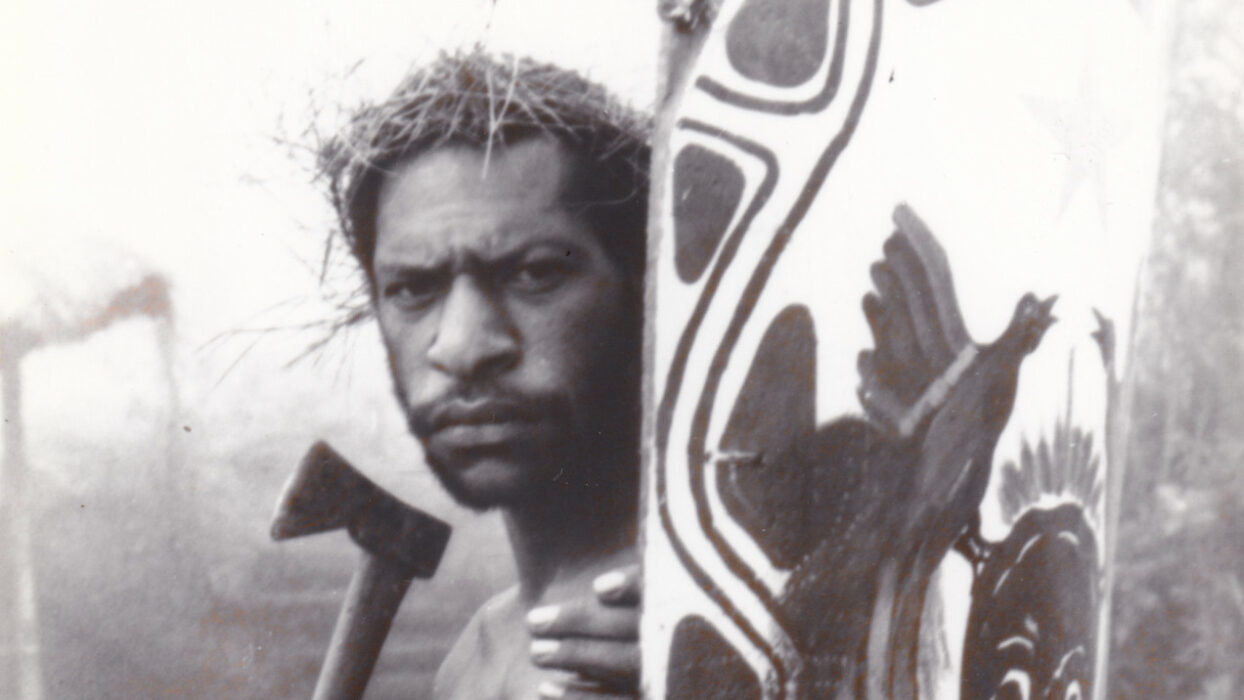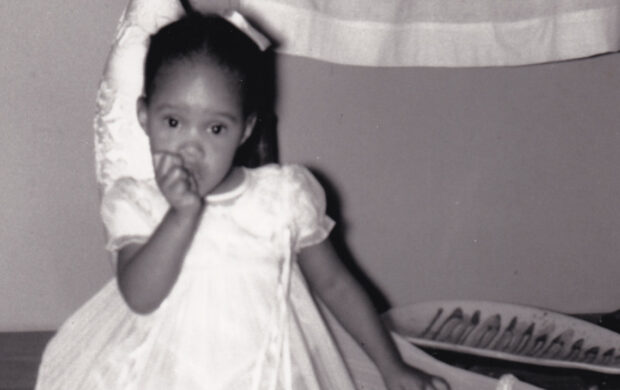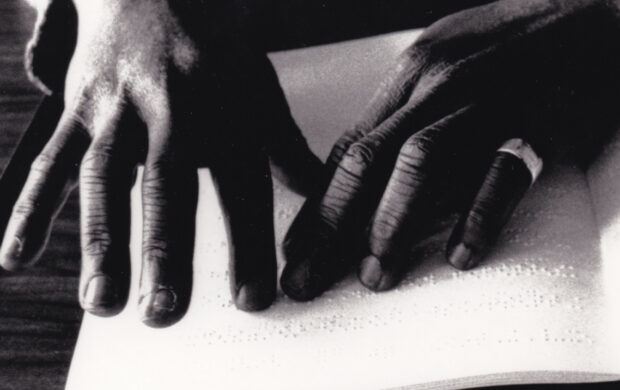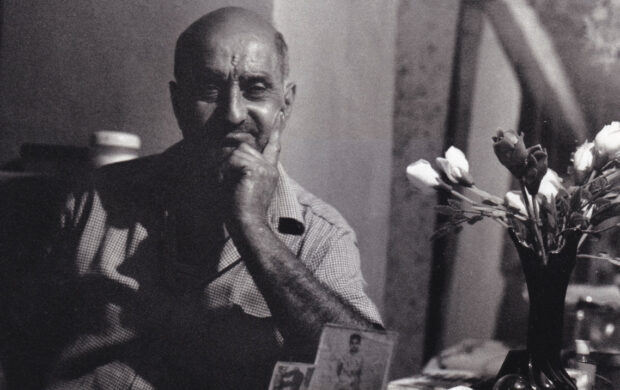Black Harvest
CINÉMA DU RÉEL GRAND PRIX
After First Contact in 1982 and Joe Leahy’s neighbours in 1988, the saga of Joe and the Ganigas goes on in Black harvest. Here is a summary of the first two episodes: In 1930, three Australian gold diggers discover an unknown tribe living in the hinterland of New Guinea. One of the native women gives birth to a half-caste. The child, called Joe, inherits some his father’s taste for adventure. Although he still regards his mother’s people with respect, Joe soon breaks off with tradition, starts growing coffee and living like a westerner. He takes advantage of his neighbours and his acquaintances, Ganigas who fifty years after the first white man set foot among them still depend upon a tribal system. Joe’s lifestyle fascinates them and their relationships are both explosive and comical. In the last episode, Black Harvest, Joe decides to establish clear-cut commercial relations with the Ganinas. He associates with Popina Mai, the Chief of the tribe and Joe’s adoptive father, to start a new coffee plantation. however, the fluctuations of the Stock exchange, the demands of harvesting and the hectic ferocity of tribal wars turn the story into a tragedy.
Institute of PNG Studies; Channel Four Australia; Australian Broadcasting Corporation; Australian Film Commission; Arundel Productions
Arundel Productions
Ray Thomas; Bob Connolly; Robin Anderson
Robin Anderson
Bob Connolly



